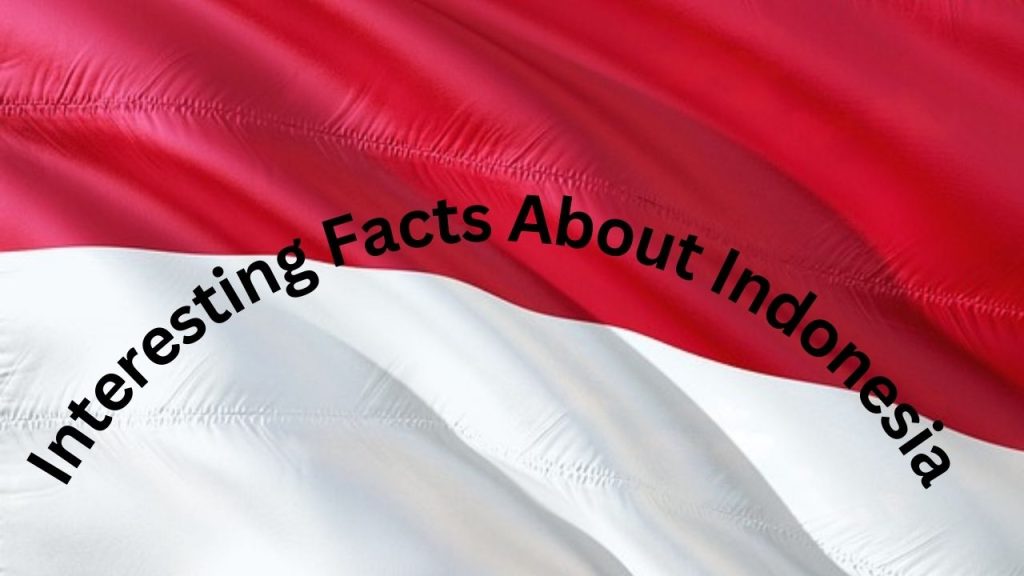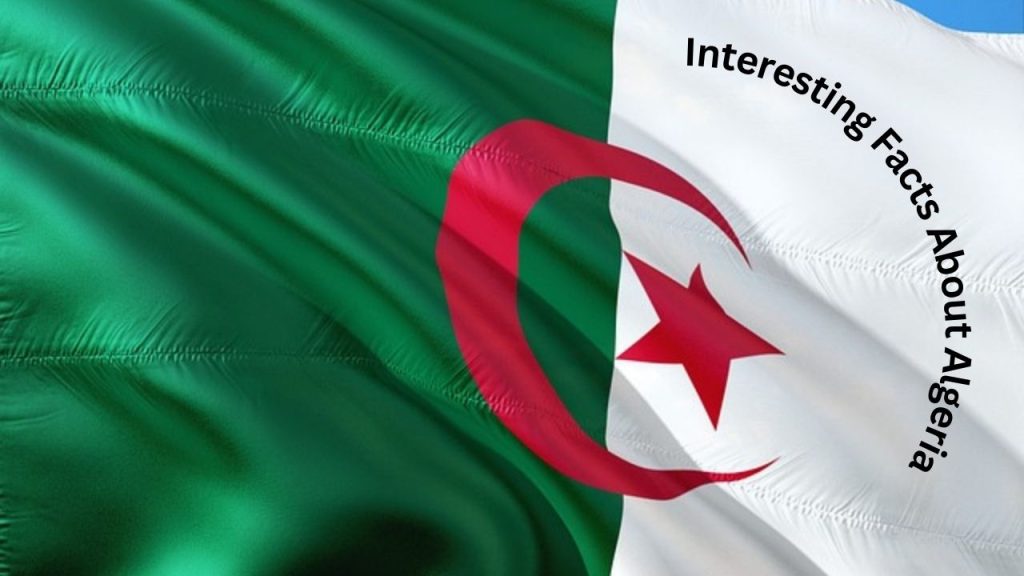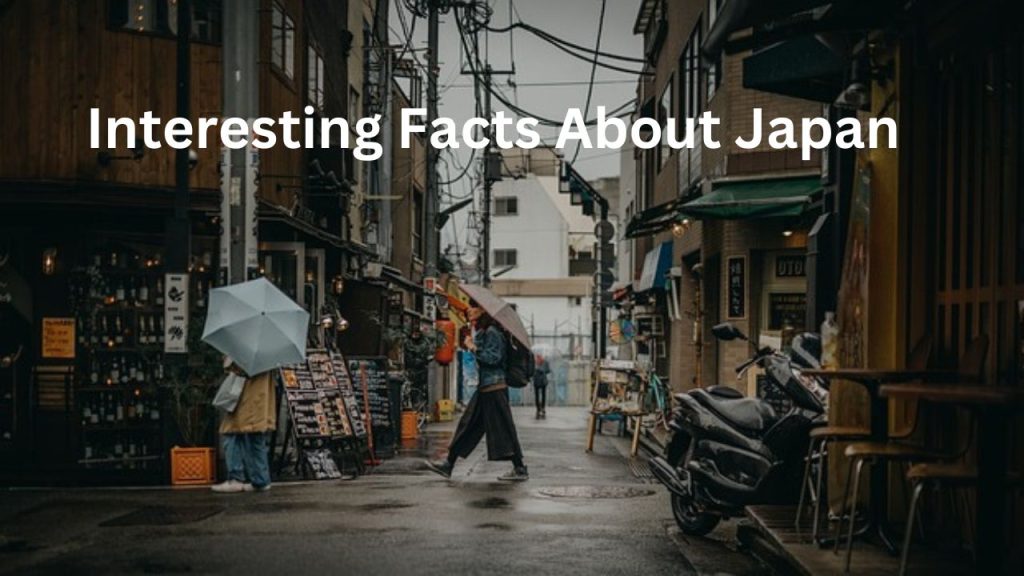Explore interesting facts about Indonesia, the world’s largest archipelago. Discover its rich culture, diverse wildlife, stunning landscapes, and unique traditions in this captivating article.
Though it sometimes goes unnoticed, Indonesia, the biggest archipelago in the world, is a nation rich in natural beauty, history, and culture. Comprising almost 17,000 islands, this country of variety blends customs, topography, and population. Indonesia caters to history buffs and travelers, with attractions such as its bustling cities, tranquil beaches, and beautiful rainforests. We’ll look at some amazing facts about Indonesia in this post to help you understand the depths of this Southeast Asian treasure.
Interesting Facts About Indonesia
1. The Largest Archipelago in the World
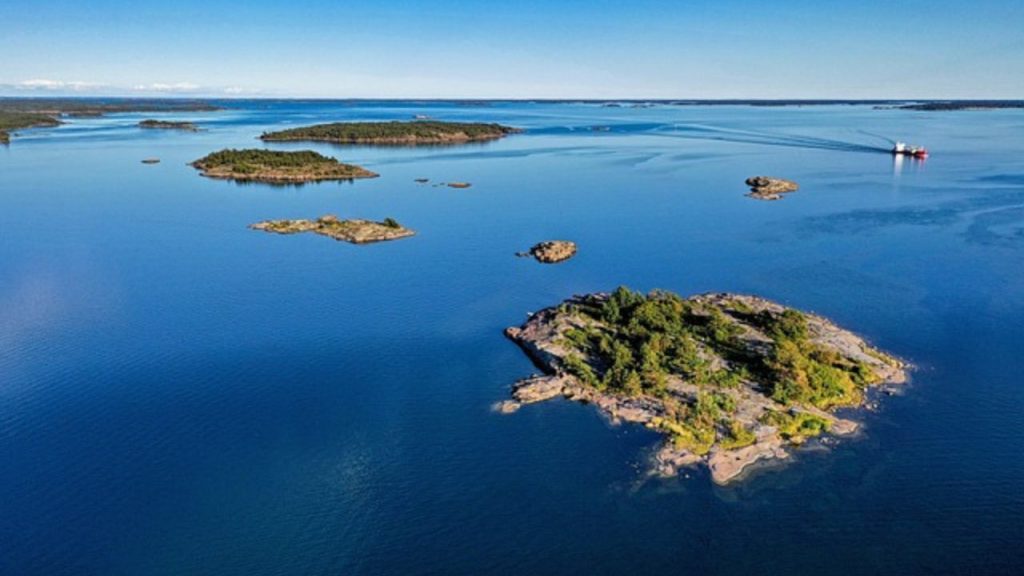
Indonesia consists of 17,508 islands, making it the largest archipelagic nation in the world. Of these, about 6,000 are inhabited, while others are uninhabited or even unexplored. With islands scattered over such a vast area, the diversity of landscapes and ecosystems is astounding. From the serene beaches of Bali to the volcanoes of Java and the rainforests of Sumatra, Indonesia is a paradise for adventurers.
One thing to note: Some of Indonesia’s islands are incredibly tiny, and some, like Java and Sumatra, are massive. Java is the world’s most populous island, home to over 141 million people—more than many entire countries!
2. Home to Hundreds of Languages

Indonesia’s diversity isn’t just geographic; it’s cultural and linguistic too. The country officially recognizes **over 700 languages**! While Bahasa Indonesia is the national language, different regions of the country have their languages and dialects. For instance, in Bali, Balinese is spoken, while Javanese is dominant in Java. This linguistic variety reflects Indonesia’s rich history and the many ethnic groups that call it home.
Despite this vast array of languages, Bahasa Indonesia helps unite the nation. It’s fascinating to think about how a language can bring together such a wide spectrum of cultures and traditions, keeping the nation connected despite its incredible diversity.
3. Bali – The Island of Gods
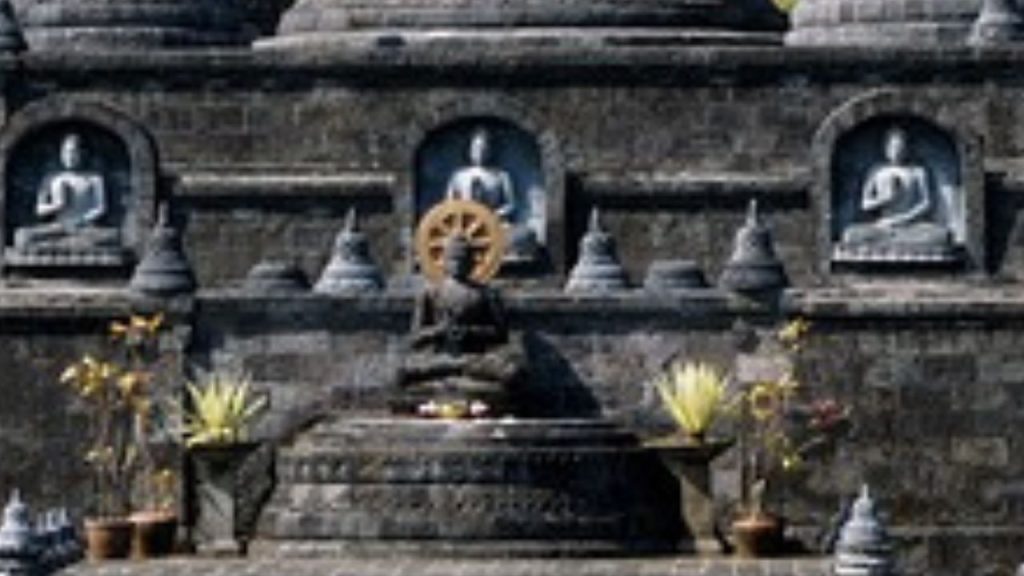
When people think of Indonesia, the first image that often comes to mind is Bali, and for good reason. Known as the **Island of Gods**, Bali is one of the most visited tourist destinations in the world. It’s famous for its temples, such as Tanah Lot and Uluwatu, which sit dramatically on cliffs and coastlines. But Bali’s magic extends beyond its beaches and temples—it’s a spiritual destination where yoga, meditation, and traditional Balinese healing practices are embraced.
What’s interesting is that Bali is also one of the few Hindu-majority regions in a predominantly Muslim country. Hinduism here has blended with local animist traditions to create something unique, and the island’s festivals and ceremonies, like the famous **Nyepi Day**, offer visitors a glimpse into this living culture.
4. A Country With Active Volcanoes
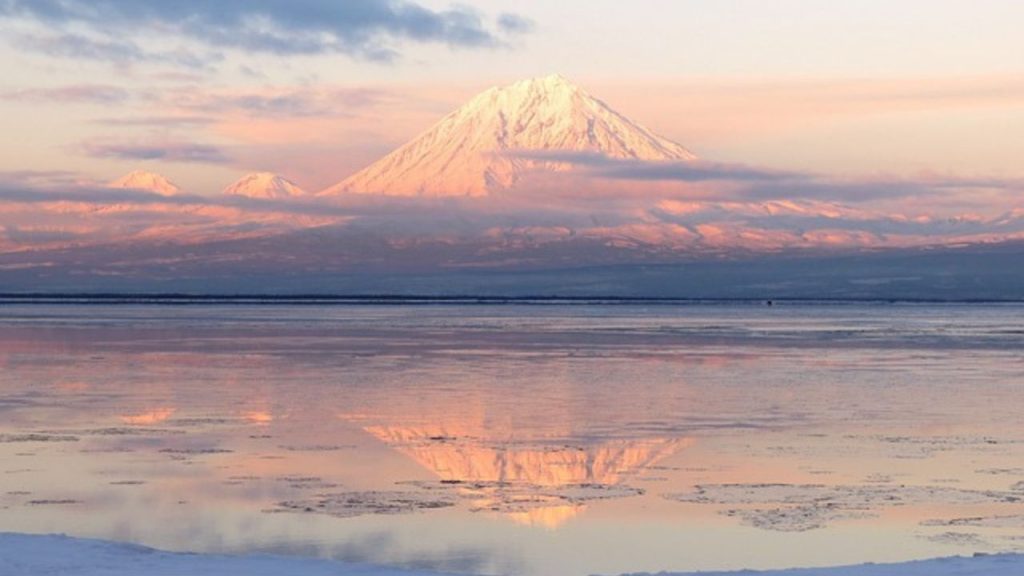
Given its location on the Pacific Ring of Fire, Indonesia is home to a large number of the world’s active volcanoes. Java’s **Mount Merapi** is the nation’s most active volcano, having erupted many times in the past few years. More than 120 volcanoes are active in Indonesia, the most well-known of which is Mount Krakatoa**, whose 1883 eruption is among the most destructive in recorded history.
The volcanic soil is extremely rich and perfect for agriculture, which is why many Indonesians live close to these volcanoes despite the possible threat. In addition to providing food, rice paddies along the foot of these volcanoes produce some of the most breathtaking scenery you’ll ever see.
5. The Kingdom of the Komodo Dragon
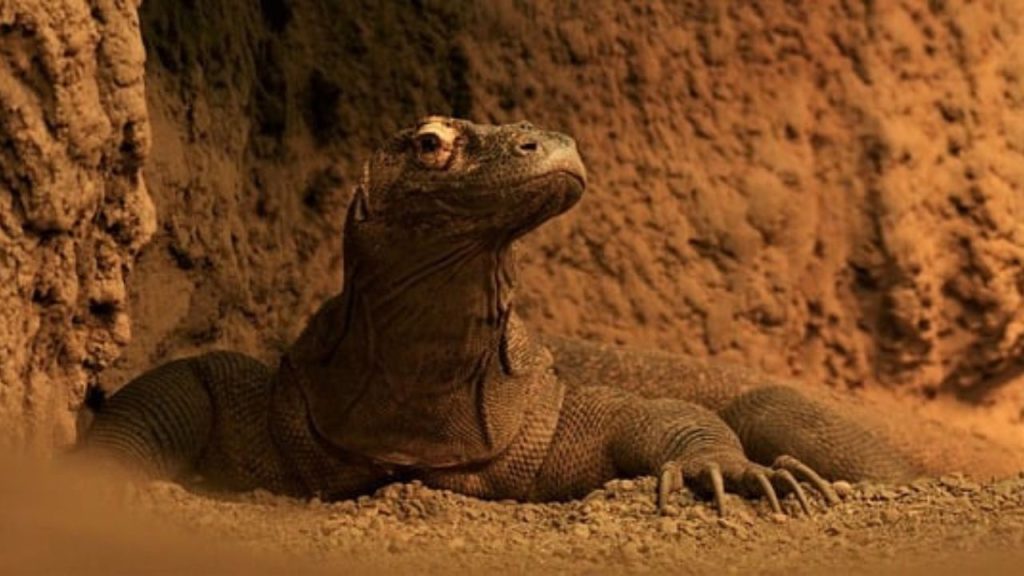
The biggest lizard in the world, the fabled **Komodo dragon**, lives in Indonesia. These terrifying animals have a maximum length of 10 feet and a weight of around 150 pounds! Situated on the islands of Rinca, Gili Motang, Komodo, and Flores, these remarkably evocative creatures are a sight to see. They are renowned for their vicious bite, which spreads poisonous germs to aid in their prey’s demise.
These incredible animals are safeguarded by the Komodo National Park, a UNESCO World Heritage site. Although it might be a little unsettling to think of coming across a Komodo dragon in the wild, you can safely observe them from a distance by taking one of the national park’s guided tours.
6. The World’s Largest Flower
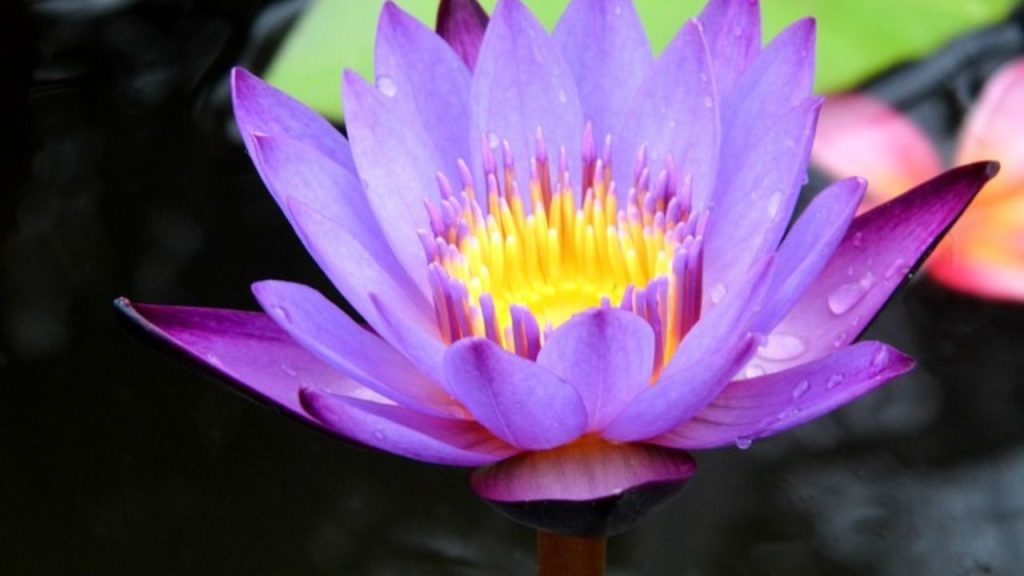
Indonesia is home to the **Rafflesia arnoldii**, also known as the **corpse flower**. This flower holds the title of the world’s largest bloom, measuring up to 3 feet in diameter! It’s called the corpse flower because of its distinct, foul odor, which smells like rotting flesh. This smell attracts carrion flies, which help pollinate the flower.
The Rafflesia is native to the rainforests of Sumatra and Borneo, and while it’s a rare sight, spotting one of these enormous blooms in the wild is an unforgettable experience for nature lovers.
7. Rich Cultural Heritage: Wayang and Batik

Indonesia is known for its incredibly rich cultural heritage, and two prime examples of this are **wayang** and **batik**. Wayang refers to traditional shadow puppetry, a centuries-old art form that tells stories from Hindu epics like the **Ramayana** and **Mahabharata**. These performances often involve intricate, hand-crafted puppets and are accompanied by gamelan music, creating a mesmerizing theatrical experience.
**Batik**, on the other hand, is a traditional fabric-dyeing technique that involves creating patterns using wax and dye. In 2009, **UNESCO recognized Indonesian batik** as a Masterpiece of the Oral and Intangible Heritage of Humanity. Each region in Indonesia has its batik patterns, and these are often worn for special occasions or ceremonies, making them an integral part of the country’s cultural identity.
8. The World’s Fourth Most Populous Country

Indonesia is the world’s fourth most populous country, with over **273 million people**! The population is diverse, made up of more than 300 ethnic groups. The largest ethnic group is the Javanese, who make up about 40% of the population, but there are also significant numbers of Sundanese, Batak, and Balinese, among others.
What’s interesting is that despite being such a populous nation, Indonesia has one of the youngest populations in the world. A large portion of its people are under the age of 30, contributing to a vibrant and energetic culture. The youth population is also driving technological innovation in the country, particularly in the rapidly expanding tech industry.
9. Borobudur: The World’s Largest Buddhist Temple
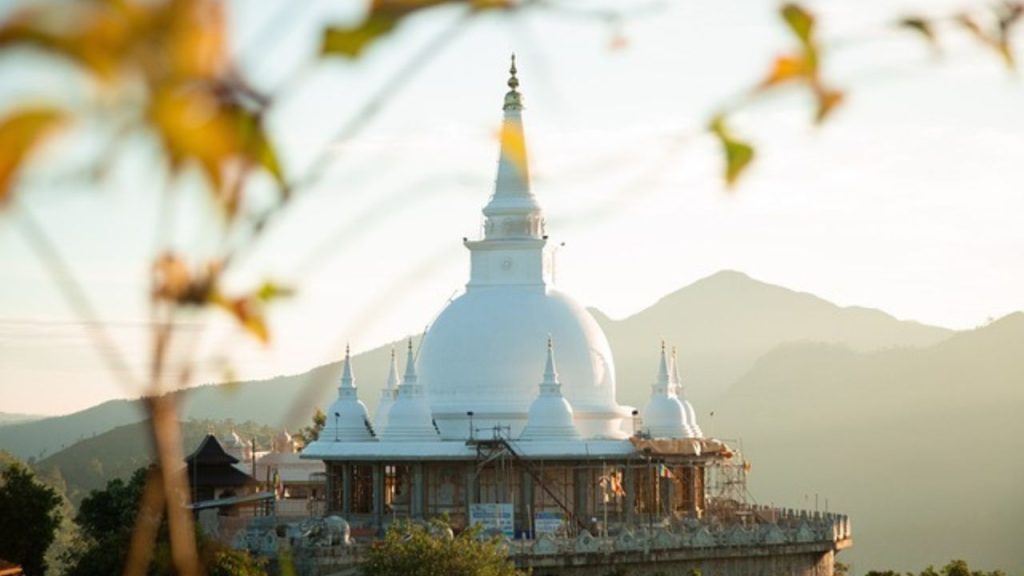
Borobudur is still a place of pilgrimage today, particularly during **Vesak**, a festival celebrating the birth, enlightenment, and death of the Buddha. It’s an awe-inspiring place that offers not only spiritual insight but also panoramic views of the surrounding landscape.
10. The Biodiversity of Indonesia Is Rich

Indonesia is among the nations with the greatest biological diversity on Earth due to its wide variety of environments. In terms of biodiversity, it comes in third, behind Brazil and Colombia. The endangered Sumatran tiger, the Javan rhinoceros, and the orangutan, which is limited to the islands of Borneo and Sumatra, are among the approximately **12% of the world’s mammal species** that call this nation home.
The remarkable marine biodiversity of Indonesia is another well-known feature. Situated in the worldwide hub of marine biodiversity, the nation is a component of the **Coral Triangle**. Indonesia’s seas are a diver’s paradise, home to over 3,000 different kinds of fish and 600 different types of coral.
11. The World’s Biggest Palm Oil Producer in Indonesia

It’s a little-known truth but Indonesia produces **more than half of the world’s supply** of palm oil, making it the world’s largest producer. Utilized in everything from food to cosmetics, palm oil has grown to be a significant sector in the nation. On the other hand, this has also given rise to environmental issues, namely deforestation and its effects on threatened species such as orangutans.
Though there are initiatives in place to encourage more sustainable palm oil production, environmentalists and lawmakers continue to have heated discussions over it.
conclusion
Indonesia possesses an astounding array of diversity in its natural environments and cultural legacy. There are countless opportunities for exploration here, from the busy streets of Jakarta to the serene rice terraces of Bali. It is a place unlike any other because of its linguistic variety, rich history, and breathtaking natural beauty. Whether you’re drawn to vivid marine life, active volcanoes, or historic temples, Indonesia has enough to offer that will pique your interest and compel you to learn more about this remarkable country.
It’s evident from learning these amazing facts about Indonesia that this is a nation with numerous facets, each more fascinating than the previous. The more you research it, the more you see that there is still a ton of information, a huge to discover!

